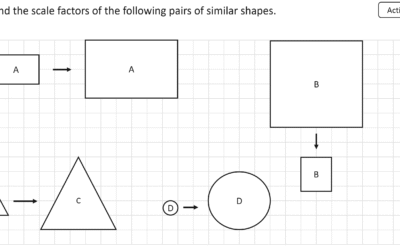Ever felt like you’re trying to drink from a firehose? That’s what learning can feel like for students when lessons are poorly designed, leading to mental exhaustion without much actual learning. Cognitive Load Theory (CLT) offers a powerful roadmap for educators to craft lessons that fit perfectly within our students’ mental bandwidth, ensuring their hard work leads to genuine understanding.
The Gist: It’s All About Mental Bandwidth
Developed by John Sweller in the 1980s and continuously refined (with significant updates as recent as 2025!), CLT helps you understand how the brain processes new information. The core idea: your working memory—that active mental workspace—is super limited. Exceed its capacity, and learning grinds to a halt. The goal is to optimize this limited space.
The Breakdown: Three Kinds of Load
CLT identifies different types of mental effort, or “load”:
- Intrinsic Load: The inherent difficulty of the topic itself (e.g., mastering complex calculus concepts). This is unavoidable.
- Extraneous Load: Mental baggage caused by poor instruction (e.g., a chaotic slide with too much text or irrelevant visuals). This is the load you want to minimize.
- Germane Load: (Now often integrated into intrinsic/extraneous in revised CLT). This was previously the “good” effort of connecting new ideas to existing knowledge, leading to deep understanding. Modern CLT emphasizes designing instruction to support this deeper processing within the other two load types.
Newer iterations, like the 2025 revised CLT by Kalyuga and Plass, even broaden these definitions, highlighting how instruction should be goal-driven and consider motivational and affective goals, acknowledging individual differences in how learners process information.
The Evidence: Why It Works
The data is clear: optimizing cognitive load boosts learning.
- A 2023 meta-analysis of 120 studies found CLT-based approaches increased retention in STEM fields by 25-35% by reducing extraneous load through streamlined visuals and step-by-step guidance.
- In a 2024 Australian classroom trial with 600 secondary students, “chunking” biology lessons (breaking down cell structure into sequential parts) upped test scores by 18% compared to traditional, full-topic lectures.
The Catch: Not a One-Size-Fits-All
While powerful, CLT isn’t without nuance. Critics suggest it can underplay individual differences like motivation. Also, tasks that are too simplified can sometimes demotivate learners. The key is to create “desirable difficulties”—just enough challenge to engage, but not so much that it overwhelms.
Putting It to Work: Classroom Hacks
Ready to apply CLT? Focus on clarity and smart design:
- Chunk tough concepts: Instead of teaching all of quadratic equations at once, break it down: factoring, then solving, then graphing. This avoids overwhelming beginners, helping students solve more problems correctly.
- Ditch the distractions: For geometry proofs, use plain whiteboards or slides with minimal text instead of busy, animated PowerPoints. A 2023 Dutch study found this slashed errors by 22% in high school geometry.
- Use Worked Examples: Especially for complex problems, provide clear, step-by-step worked examples. Then, have students try similar problems. This reduces extraneous load for novices.
The Bottom Line: Design for brains, not just content.
Your Turn: Next time you plan a lesson, ask yourself: Am I unintentionally creating mental clutter? How can I strip away the noise so the core learning truly shines?









0 Comments